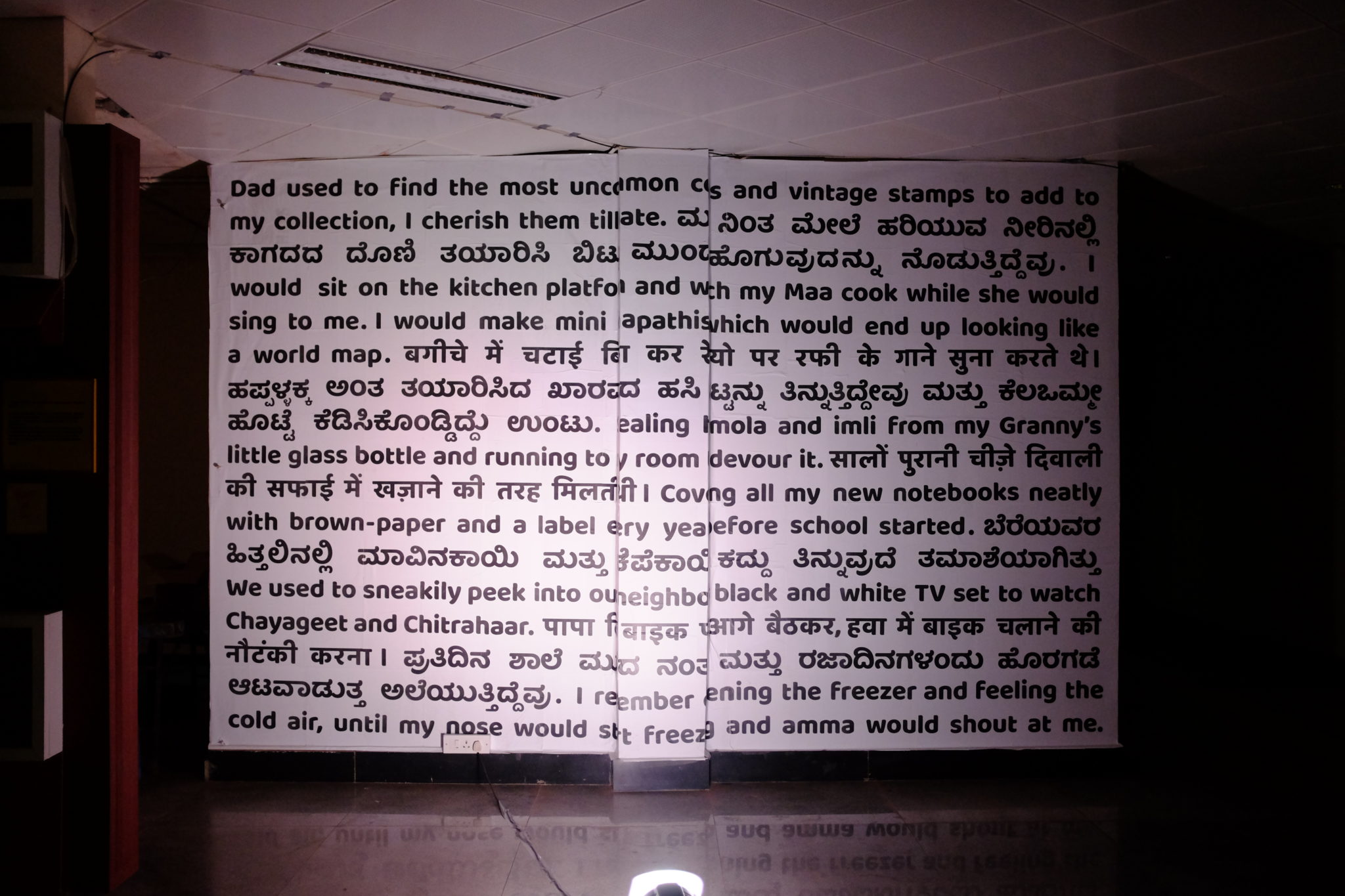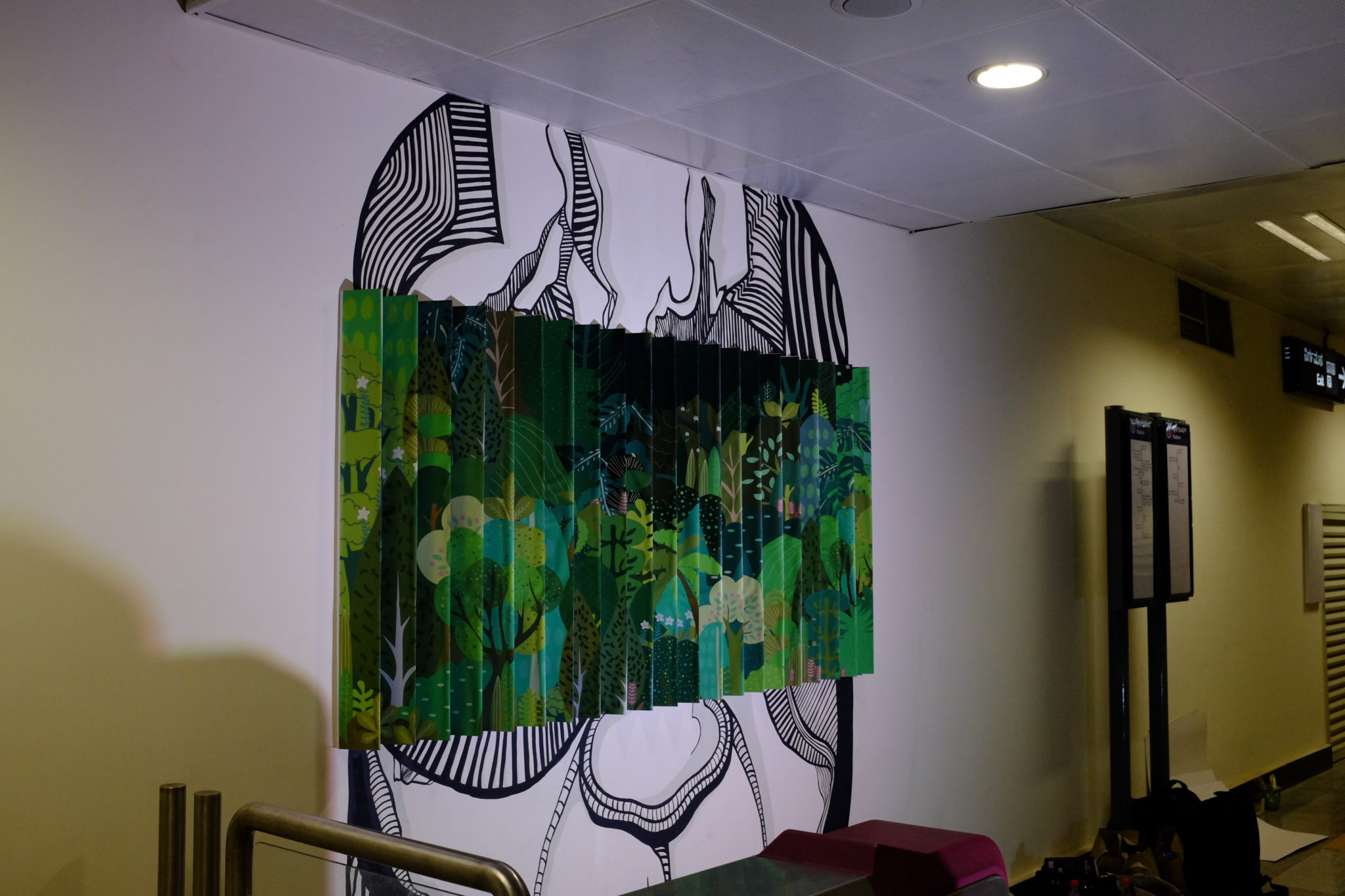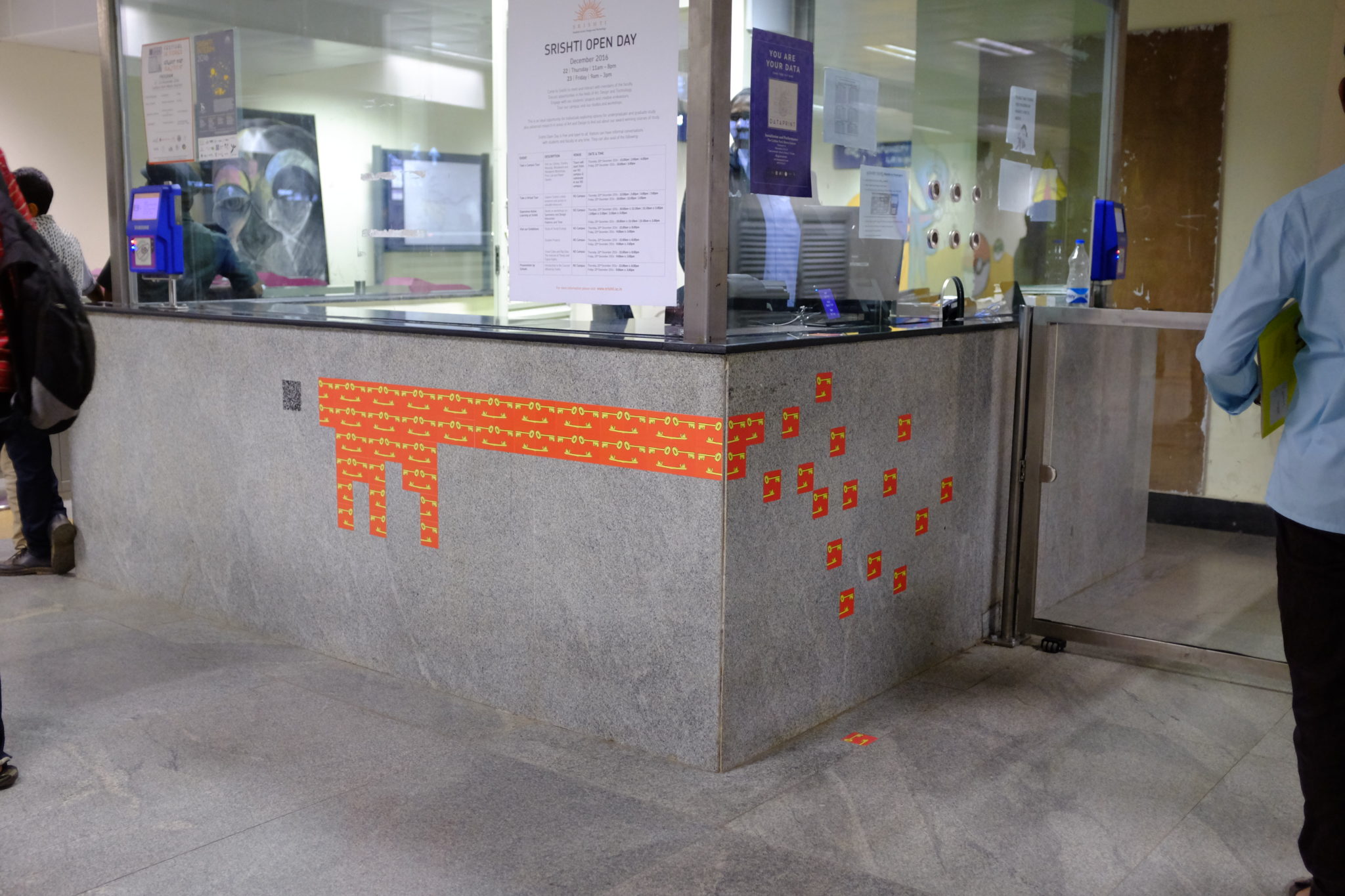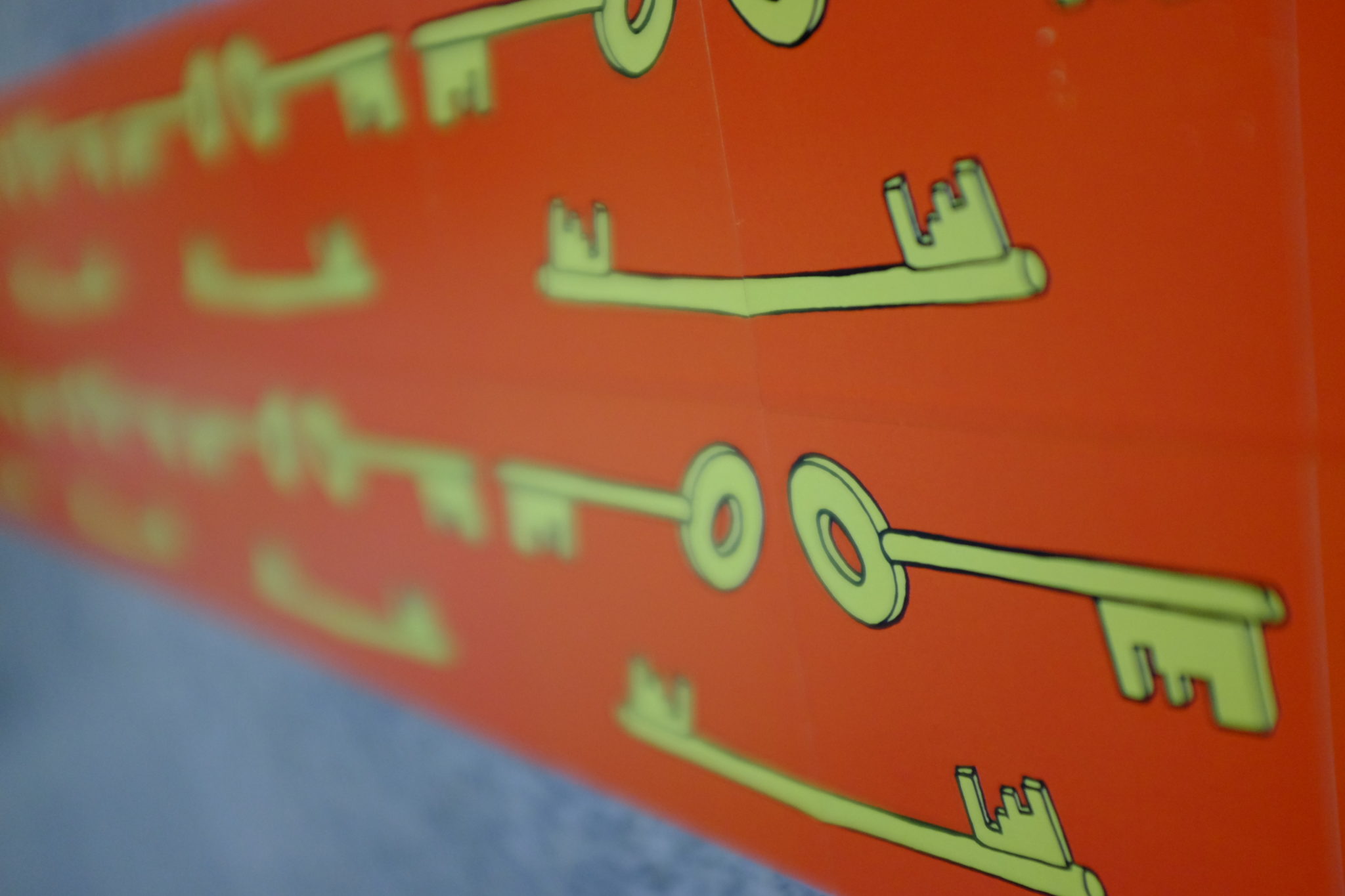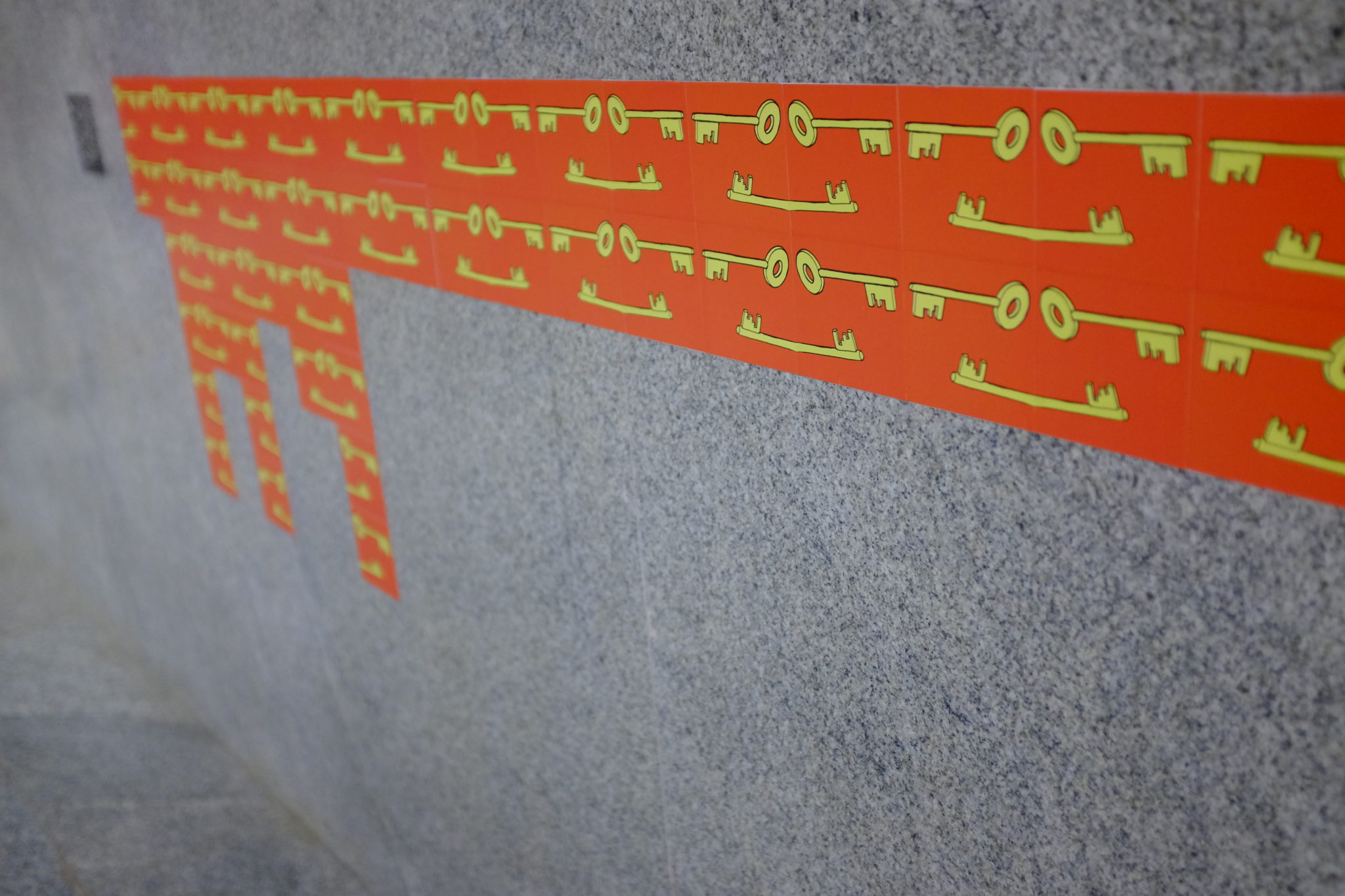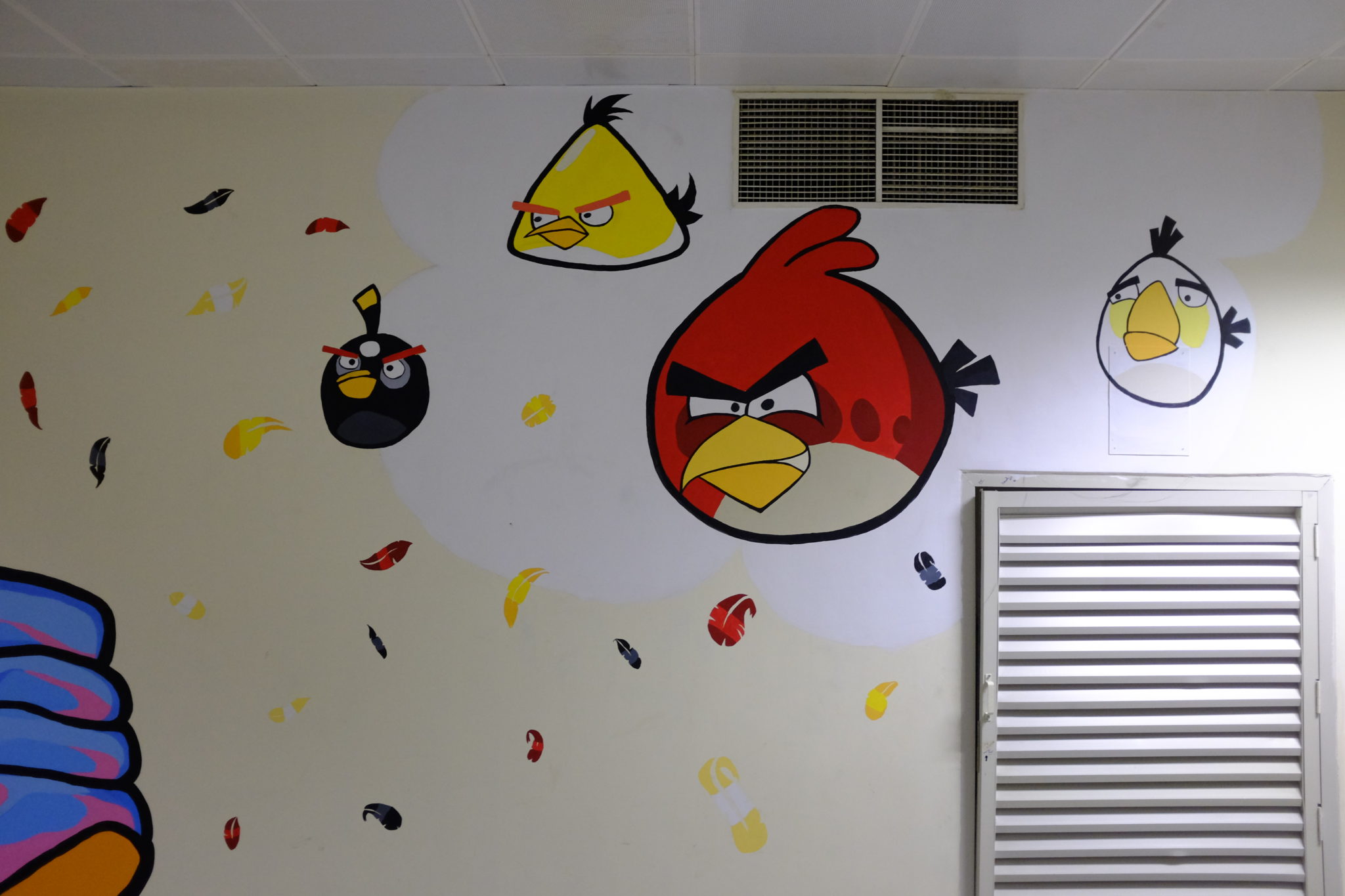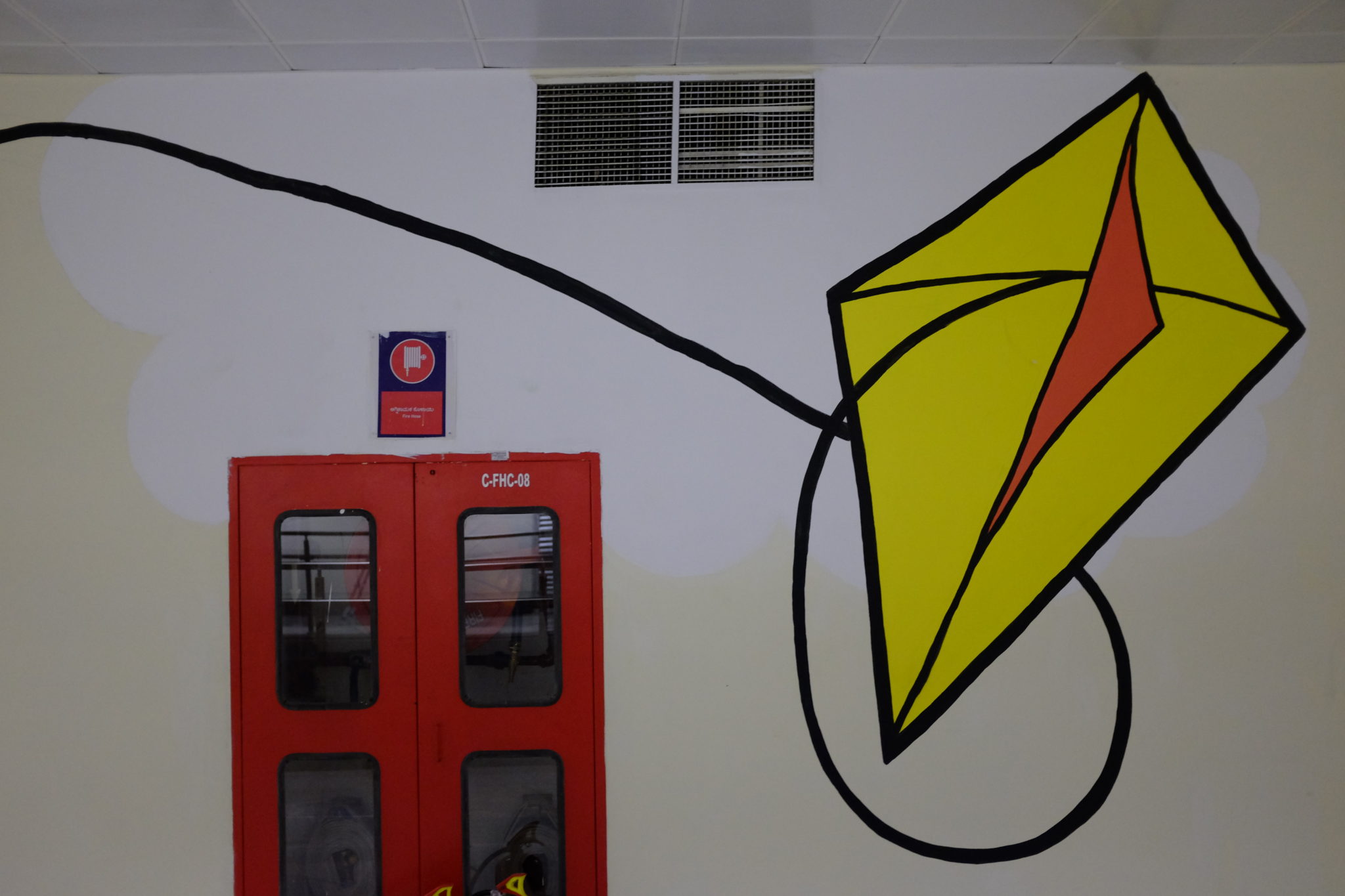SRISHTI INTERIM
THE STORY OF SPACE 2017
The Interim Semester at Srishti Institute of Art, Design and Technology is an annual initiative that aims to nurture emerging creativity by engaging with contemporary artists and artistic practices. It culminates in a showcase of projects produced and presented during the four weeks of the Interim. This year, the Srishti Interim collaborates with The Story of Space to produce projects that will manifest both in Bangalore and at the festival. Soumyadip Ghosh, currently pursuing a PhD from the Indian Institute of Technology, Hyderabad, in the field of Visual Anthropology at the Department of Design, and Akash Raj Halankar, a visual artist and a graphic designer, will be conducting a month long workshop in December 2016 and lead the students to explore the concept of Home/Homeland as space, through the narratives of its ordinary citizens.
On December 21 and 22, 2016, 7 projects from the interim were a part of Bangalore’s Festival of Stories (couldn’t be more apt!) at the Cubbon Park Metro Station.
About the Interim
The Story of Space interim aims to start a dialogue on the concept of Home/Homeland as a space, through the narratives of its citizens. It is an effort to identify new loci of conversations about everyday life in a city that is extensively documented. It seeks to investigate and map the diversity of the city experience and to engender fresh conversations through the construction of a series of artworks that allows various public spheres in the metropolis to interact. It identifies the concept of Home as a element of space that serves as entry points into engagement with such experience. The core concepts and concerns will deal with the ‘Idea of Homeland as a process of Identity construction’, ‘Shifting possessions and Home’, ‘Possession, ownership, and memory’, ‘Attachment and Detachment as a memory function and its relation to Home’ and ‘Map as a memory of changing habitat and as a collective imaginary order’.
About Akash and Soumyadip
Born in 1989, Mumbai, Akash Raj Halankar is a visual artist and a graphic designer who likes to decode complex information and make it comprehensible and visually engaging. He ventured into the field of fine art at the young age of four and since then his rendezvous with strokes, colours and expression began. A gold medallist graduate from Sir J.J. Institute of Applied Art, Mumbai and a Masters in Graphic Design from the National Institute of Design, Ahmedabad, Akash’s work tries to blur the line between art and design. He is a type enthusiast and an avid illustrator whose projects range from simple sketches to grand spatial art. Girded with the love for observation and introspection, Akash dreams of painting mountains some day.
Soumyadip Ghosh works with images. His recent research involves the study of Post-Photographic Discourses in the 21st century with the advent of Digital Photography in India. He has worked extensively in the Himalayas documenting ‘vanishing cultural forms’. He has worked in Thailand and Burma as a documentary photographer and writer. His research interests lie in the fields of archive and memory studies in the digital age, torrent and archiving in the subcultural film world, memory studies in social media, oral histories, and photographic practices in India and South Asia. He is currently pursuing a PhD from the Indian Institute of Technology, Hyderabad, in the field of Visual Anthropology at the Department of Design.

HOME/HOMELAND MANIFESTATIONS
THE FESTIVAL OF STORIES, 21-22 DECEMBER 2016, CUBBON PARK METRO, BANGALORE
MEMORIES OF HOME
Most of us think of home as the house or city we were born or brought up in. Where we spent most of us childhood days and made most number of memories. There are a number of sounds, smells and sights that remind us of home. In our project, we are using a typographic mural and hence text as a medium to bring out these memories. Our extensive survey helped us generate a large number of quotes around people’s memories related to their homes. We found many of these memories were very common and relatable to many. Taking up these descriptive quotes and incidents and putting them down in three languages (English, Hindi and Kannada), we want to take the viewers straight back and revisit their memories of home.
– Aradhana, Ashna, and Himanshu
ERASED WINGS
We have chosen to take the endangered birds and animals of Karnataka and also the tribes of Karnataka and their art which shall be further incorporated in our totem pole. We are the reason these birds are coming to the point of extinction. To stop this and create awareness about these problems we came up with an idea of representing these birds on a totem pole. The reason we have taken birds and tribes is that we as humans are encroaching their land and the place they live in by throwing them out and building ourselves homes. Birds are being poached and their feathers are being used as a “luxury” item for clothing. Our whole idea is to make people aware of the fact in order to make our living better; we are destroying the lives of other beings without giving it a second thought and that’s why our main objective behind building this totem pole is to let people know that there are magnificent birds in and around the city we live in, Bangalore and that if we don’t do anything about it soon, they will be extinct and it will be too late.
– Gauri Kulkarni, Pranati Desai, Abhishek Sabu, Simone Nirmal
TRANSITIONS
The development over the past few years has led many people to move to Bangalore making it quite a busy metropolitan. The city’s evolution through its lakes and gardens into an IT hub has affected one and many in significant ways. This rapid change from the lakes to tech parks is evident to its citizens. This project aims to create a sensitive impact on the minds of the viewers about the changes that have and have been taking place in their city that provides home to a cultural mix of people. Through its medium and content, it directs its viewers at the Cubbon Park Metro Station to two different testimonies that will bring them a step closer to the reality.
– Saloni Goel, Eheeta Gurung, Kritika Sonthalia, Saudamini, Sukhmani, and Poojitha
HOME AS OBJECTS
We tend to identify with objects of sentiment or belonging, where the familiarity reminds us of home. There is an emotional connection associated with these objects, which can be traced back to the memories associated with it, or the role it plays in the lives of people. The project will attempt to harness this association between people and such objects.
– Paromita Bathija and Antara Basu
HOME AS A DIGITAL SPACE
This project aims to show the growing attachment to an intangible, virtual home with advancing technology. To be at home is to know where you are; it means to inhabit a secure centre and to be oriented in a space, conventionally a physical space. A certain ambiguity in the phenomenon of home becomes apparent at this point because home as territory also involves a kind of home range that can include neighbourhood, town, and landscape. As the concept of physical personal contact and face to face interaction diminishes in this constantly evolving technological world, we become daringly close to a home isolated from these factors.The aim of the project is to make the viewer, mainly the users of the metro in this case, to question the idea of home in an age where technological advances are steadily ascending and are invading our personal lives.
– Adira Andlay, Mannat Khanna, Anushka Bhansali, Nishit Nirmal, and Sanatan Vatsayan
MARA MANE
Looking at home as a space, trees can be considered as one of the first inhabitants. Humans have taken this space and created homes for themselves. Urbanization may have paved pathways for the homeless but it has also dug graves for those with a home. This installation is a visual representation of the uprooted trees all over Bangalore city, popularly known as ‘the Garden City’.
The installation is in the form of a sound wave. When translated into words, it’s a sentence in Kannada- Home is elsewhere, we are here just like that. The sound wave consists of individual horizontal and vertical frames showing the results of urbanization on trees. Each frame has a QR code. The viewers can scan the code and find the exact location of the cut down trees in the city.
– Aishwarya Suresh, Bhagyashree Gajare, Elesha Vartak, Jumana Motiwala, Rhea Shanghvi, and Shreya Mehta
NAMMA MANE (MY HOME)
A large chunk of our most formative years are spent at a single place which is why in general, the idea of ‘home’ brings a rush of nostalgia and memories of childhood. As a metropolitan city, Bangalore has people from various backgrounds all over the country, and while geography may vary, each generation has common elements and experiences that link back to their childhood. Toys and games form some of the most prominent and wholesome memories of everyone’s childhood. Our project aims to integrate these common elements across various generations into a mural that triggers these memories and evokes a sense of wistfulness. We plan to make illustrations with a sense of motion – of marbles, spinning tops, paper planes, 8 bit consoles and toys. All of these objects were huge parts of children across various time periods. In a place as dynamic as a metro station, a place that has no emotion or feeling attached to it, we hope to make commuters pause, recall and smile.
– Gokul, Harshita, Soumya, Radha, and Anushka
Partners and Supporters
We thank you for your support!
GOVERNMENT PARTNERS



COMMUNITY PARTNER

DEVICE PARTNER


GOVERNMENT PARTNERS



COMMUNITY PARTNER

DEVICE PARTNER


EMBASSY AND CULTURAL SUPPORT

![]()


![]()







![]()
SILVER SPONSORS





PROJECT PARTNERS












![]()
EDUCATION PARTNERS






COLLATERALS






RESIDENCY / HOSPITALITY PARTNERS


PUBLIC RELATIONS PARTNER

RESIDENCY / HOSPITALITY PARTNERS


PUBLIC RELATIONS PARTNER

TRANSLATION PARTNER




